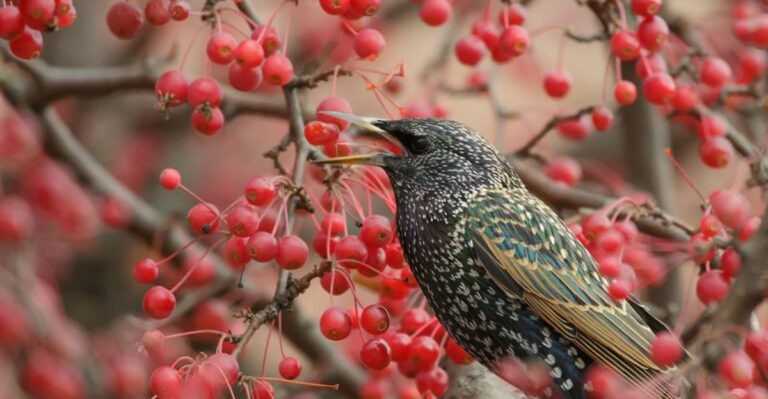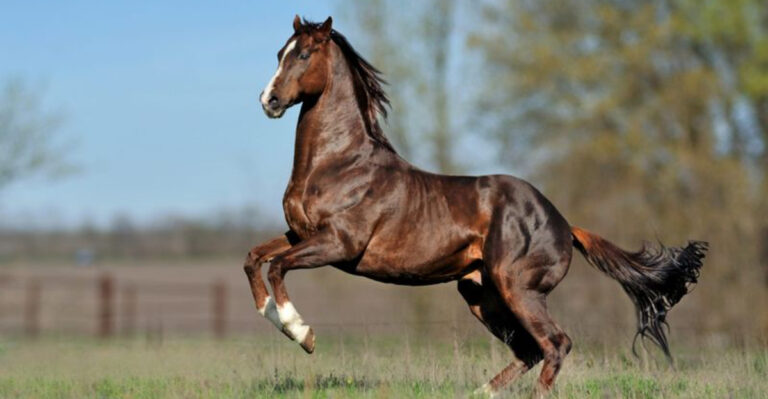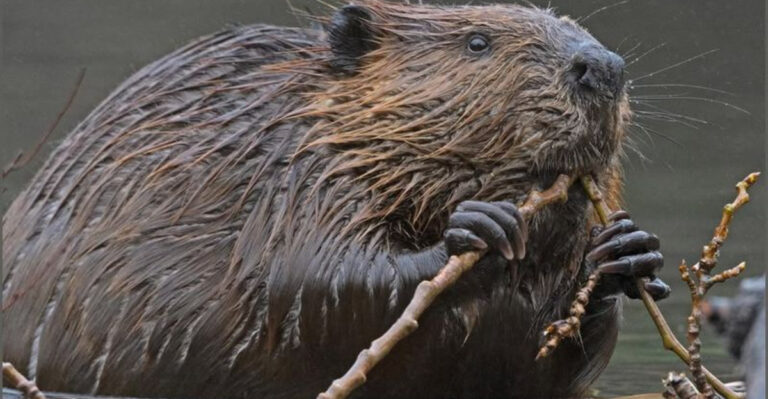10 Dangerous Venomous Animals In North America (And 5 That Get A Bad Reputation)
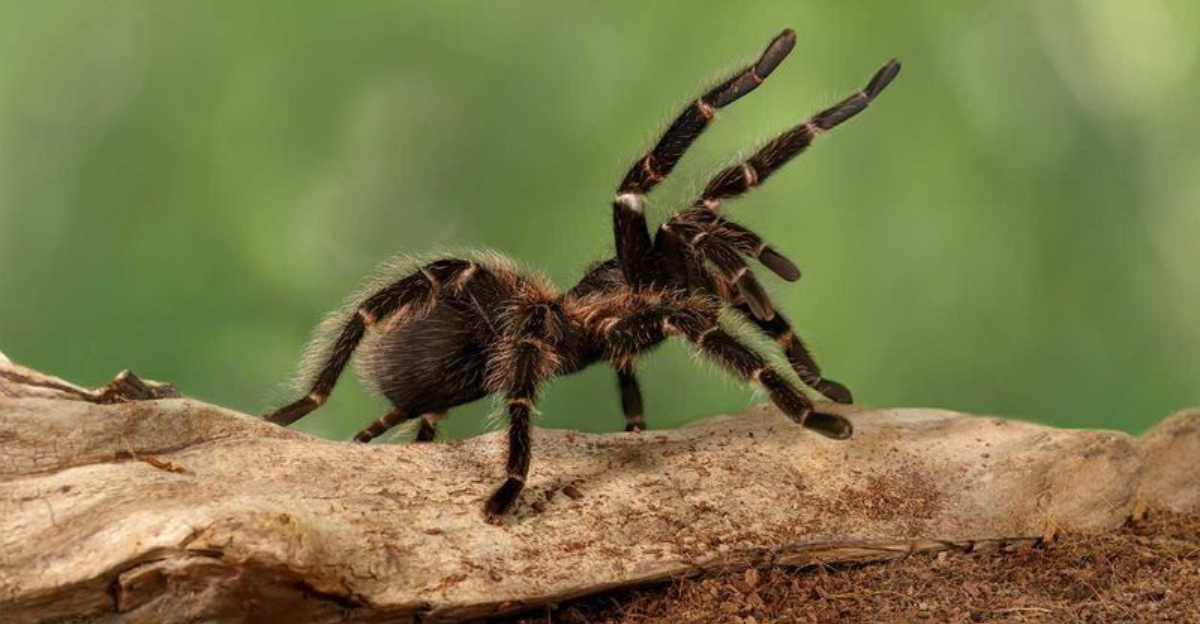
North America is home to some truly dangerous creatures with potent venom that can cause serious harm or even death.
While rattlesnakes and black widows might spring to mind first, there are many other venomous animals lurking in our forests, deserts, and waters. But not every creature with a fearsome reputation actually deserves it!
1. Eastern Diamondback Rattlesnake
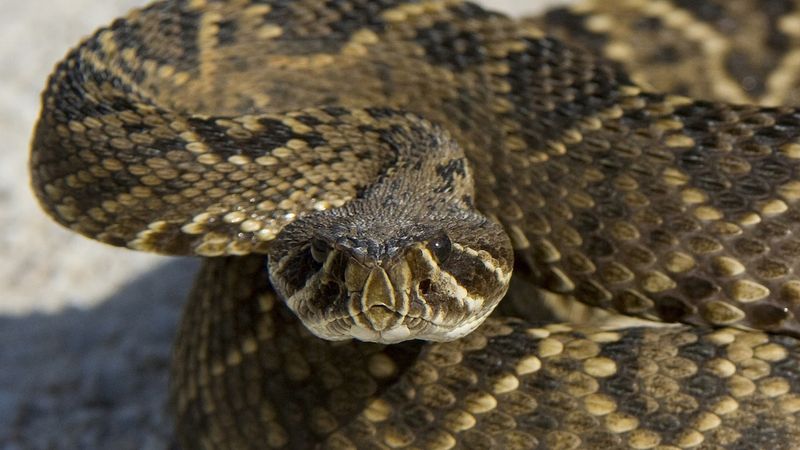
America’s largest venomous snake packs a deadly punch with hemotoxic venom that destroys tissue and prevents blood from clotting. These impressive reptiles can grow up to 8 feet long and deliver enough venom in a single bite to kill several adults.
Found primarily in the southeastern United States, they’re responsible for more snakebite deaths than any other species in North America. Despite their dangerous reputation, they typically only strike when threatened or cornered.
2. Arizona Bark Scorpion

Lurking in the desert Southwest, these pale yellow arachnids hide in bark, rocks, and human dwellings. Their sting delivers neurotoxic venom causing intense pain, numbness, tingling, and in severe cases, convulsions and difficulty breathing.
Unlike their larger scorpion cousins, these slender creatures can climb walls and ceilings, making them particularly troublesome home invaders. For healthy adults, their sting is rarely fatal, but can be dangerous for children and elderly people.
3. Western Coral Snake
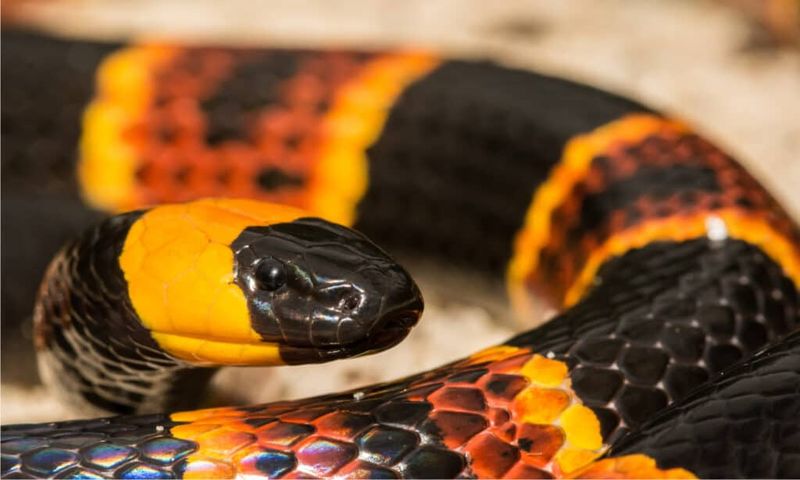
Remember the rhyme “red touch yellow, kill a fellow”? That’s for identifying these highly venomous elapids with potent neurotoxin. Their bright bands of red, yellow, and black serve as a warning to potential predators.
Surprisingly shy, coral snakes rarely bite humans unless handled or stepped on. What makes them dangerous is their fixed fangs and tendency to hold on when biting, ensuring maximum venom delivery. Their bites may not hurt initially but can lead to respiratory failure hours later.
4. Brown Recluse Spider
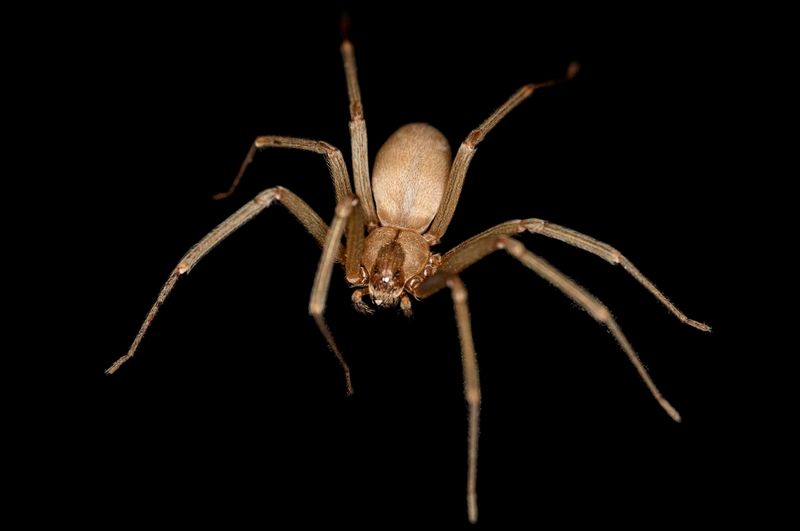
Sporting a distinctive violin-shaped marking on its back, this unassuming brown spider hides in dark, undisturbed areas. Its cytotoxic venom can cause a small white blister surrounded by a red ring that develops into a gruesome, slow-healing ulcer.
Many bites go unnoticed initially since they’re painless. The tissue damage appears hours later as the venom breaks down skin cells. Found primarily in central and southern states, these spiders are shy and only bite when pressed against skin, typically when putting on unworn clothes.
5. Southern Black Widow
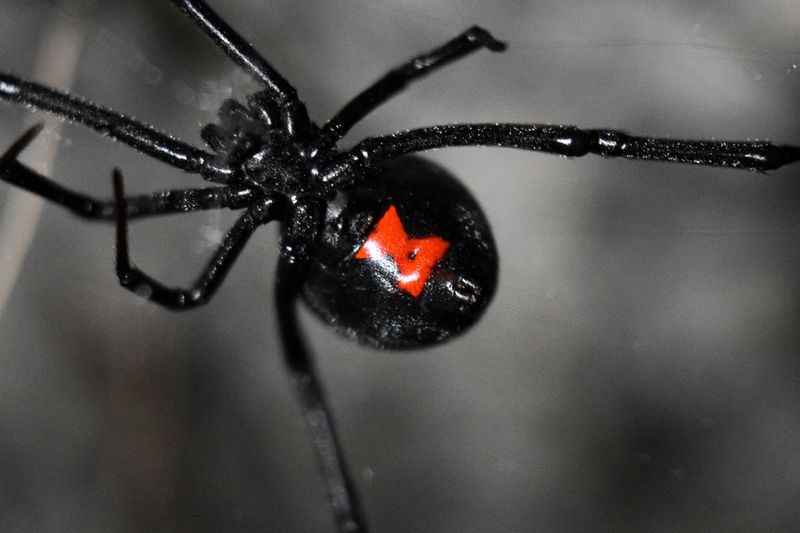
Glossy black with a red hourglass on her abdomen, the female Southern Black Widow is instantly recognizable. Her neurotoxic venom is 15 times stronger than a rattlesnake’s and causes intense pain, muscle cramps, and profuse sweating.
Males are harmless, but females become aggressive when guarding egg sacs. They prefer dark, secluded spots like woodpiles, sheds, and outdoor toilets. Despite their fearsome reputation, they rarely bite unless directly threatened, and fatalities are extremely rare with modern medical care.
6. Gila Monster
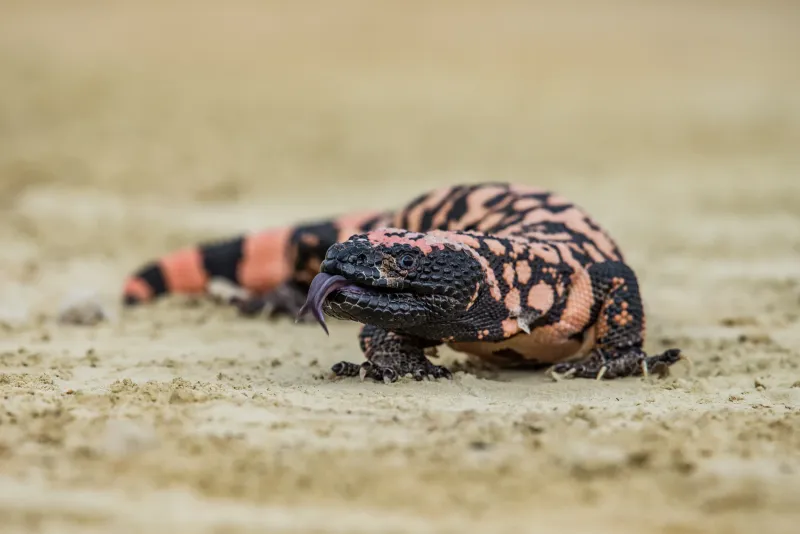
With vibrant orange-pink and black beaded skin, the Gila Monster looks like it belongs in a prehistoric era. This rare lizard is one of only two venomous lizards in the world and the only one native to the United States.
Unlike snakes, Gila Monsters have venom glands in their lower jaw and deliver venom through chewing rather than injecting. Their painful bite causes swelling, weakness, and dropping blood pressure. Protected by law in all states where they occur, these slow-moving reptiles spend 95% of their time underground.
7. Portuguese Man O’ War
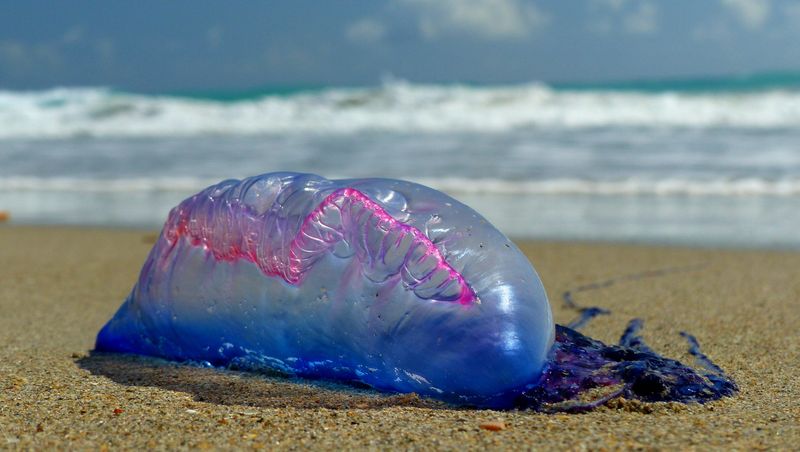
Often mistaken for a jellyfish, this floating terror is actually a colony of specialized organisms working together. Its translucent blue gas-filled float sits above the water while long tentacles—sometimes reaching 100 feet—dangle below, armed with thousands of stinging cells.
Contact causes immediate searing pain, welts, and in severe cases, fever, shock, and respiratory distress. These marine menaces wash up on beaches along the Atlantic coast and Gulf of Mexico, where they remain dangerous even when dead. Their stunning blue color often attracts curious beachgoers.
8. Yellow Jacket Wasp

These aggressive black and yellow striped wasps can sting repeatedly, injecting venom that causes immediate sharp pain and swelling. Unlike honeybees, they don’t lose their stinger after an attack, making them particularly dangerous when their nests are disturbed.
Yellow jackets build paper nests in the ground, hollow trees, or building voids. They become especially aggressive in late summer and fall when colonies peak in size. For those with allergies, even a single sting can trigger life-threatening anaphylaxis requiring immediate medical attention.
9. Copperhead Snake
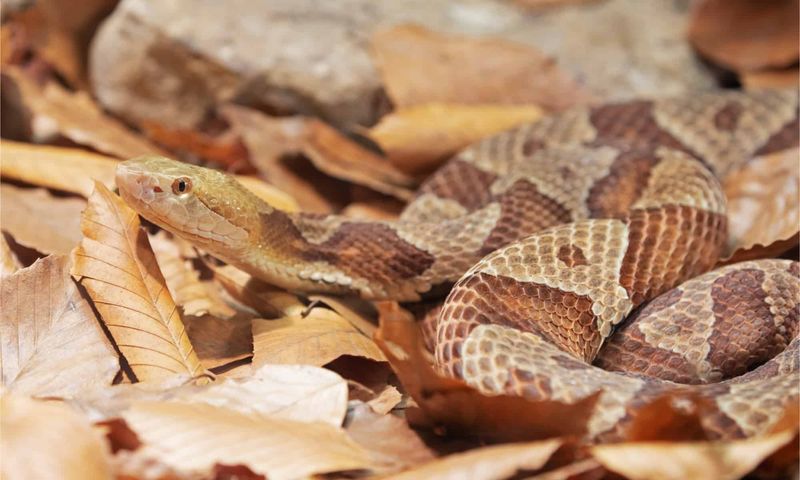
Camouflaged perfectly among fallen leaves with their copper-colored hourglass patterns, these pit vipers are masters of ambush. Their hemotoxic venom breaks down blood cells and tissue, causing intense pain, swelling, and tissue damage.
Copperheads are responsible for more venomous snakebites in the United States than any other species, though rarely fatal. Unlike other venomous snakes, they often give “dry bites” without injecting venom. Found throughout the eastern and central United States, they’re particularly common in suburban areas.
10. Stonefish

Masters of disguise, these bottom-dwelling fish have dorsal spines loaded with some of the most painful venom known. Their mottled brown appearance makes them nearly invisible against rocks and coral in shallow Gulf Coast waters.
Stepping on a stonefish drives venom deep into the foot, causing excruciating pain described as feeling like being hit by a sledgehammer. Victims may experience muscle weakness, temporary paralysis, and shock. Without treatment, the pain can last for days, though antivenom is available for severe cases.
11. Wolf Spider
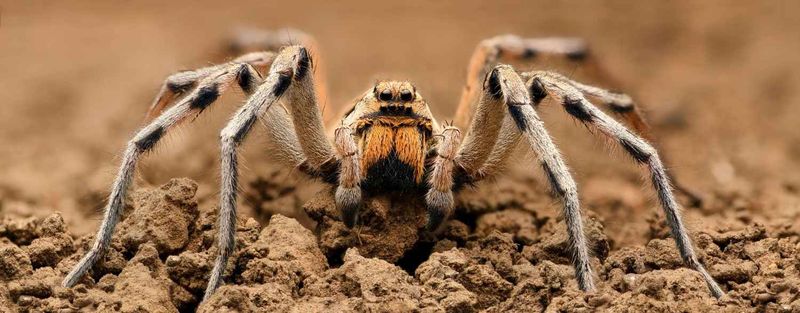
Despite their fearsome name and appearance, wolf spiders aren’t dangerous to humans. These hairy, fast-moving hunters have excellent vision with eight eyes arranged in three rows, allowing them to spot prey from impressive distances.
Their bite, while painful, is no more dangerous than a bee sting for most people. Wolf spiders are actually beneficial predators that help control pest populations in gardens and homes. Unlike web-building spiders, they actively hunt their prey, pouncing like tiny wolves—hence their intimidating name.
12. Harvestmen
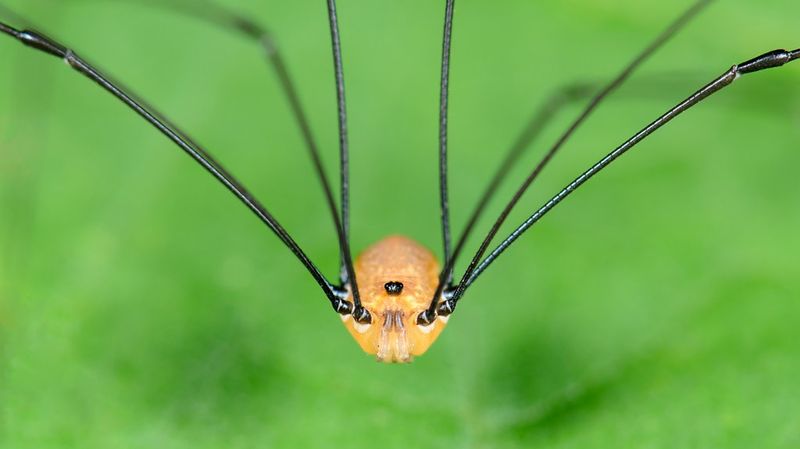
Contrary to popular myth, daddy longlegs (or harvestmen) aren’t spiders at all—they’re a different type of arachnid with fused body segments. The widespread rumor that they’re extremely venomous but can’t bite humans is completely false.
These gentle creatures don’t even have venom glands or fangs! They’re completely harmless to humans and feed mainly on decomposing vegetation and small insects. Their extraordinarily long, delicate legs help them detect vibrations and navigate their environment while avoiding predators.
13. Tarantula
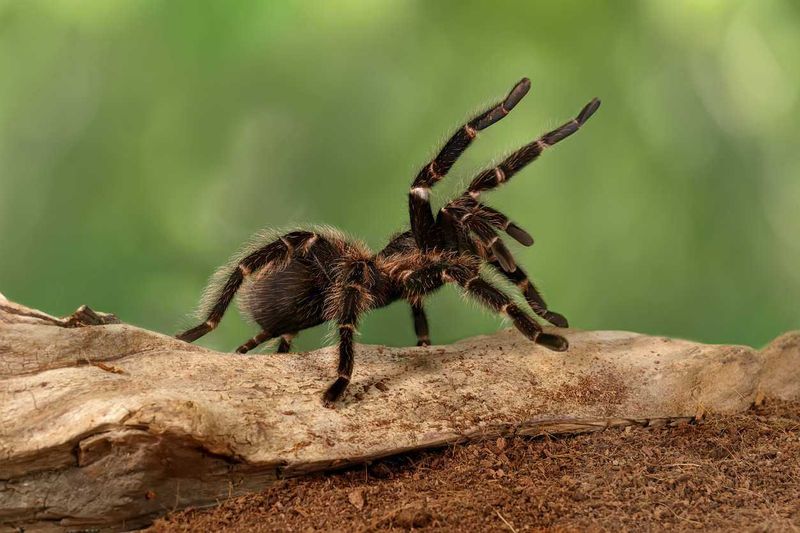
These giant, hairy spiders strike fear into many hearts, but North American species are generally docile and reluctant to bite. Their venom is typically no worse than a bee sting, causing localized pain and swelling that resolves within hours.
The real defense mechanism of tarantulas is their urticating hairs, which they can flick from their abdomen when threatened. These tiny barbed hairs can cause skin irritation and respiratory distress if inhaled. Despite their intimidating appearance, tarantulas make popular pets due to their gentle nature.
14. Hognose Snake

The dramatic hognose snake is the ultimate bluffer in the reptile world. When threatened, it flattens its neck like a cobra, hisses loudly, and strikes with closed mouth. If that doesn’t work, it rolls over and plays dead, complete with lolling tongue and release of foul-smelling musk.
Though technically rear-fanged and mildly venomous, their toxin is designed for subduing toads and poses virtually no threat to humans. Their upturned snout, used for digging up toads, gives them their distinctive “hog-nosed” appearance and name.
15. Milk Snake
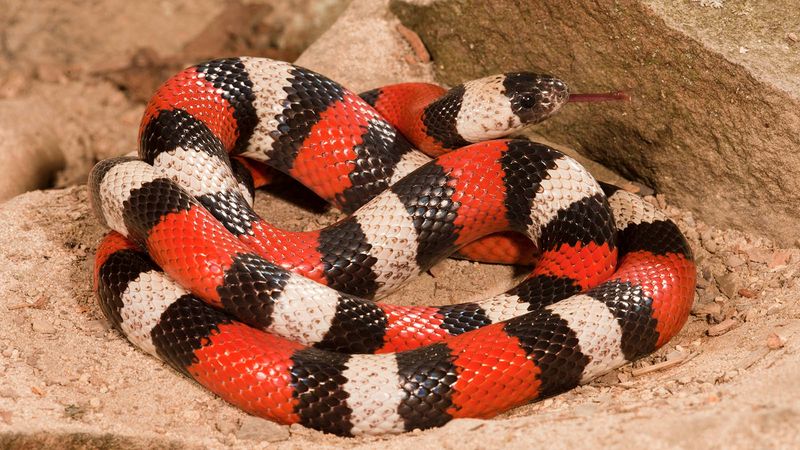
With vibrant red, black, and yellow (or white) bands, milk snakes are frequently mistaken for venomous coral snakes. This resemblance is a perfect example of Batesian mimicry—a harmless species evolving to look like a dangerous one for protection.
Remember “red touch black, friend of Jack” to identify these harmless constrictors. The old myth that they suck milk from cows (hence their name) is completely false. These beneficial snakes actually help farmers by controlling rodent populations in barns and fields.

